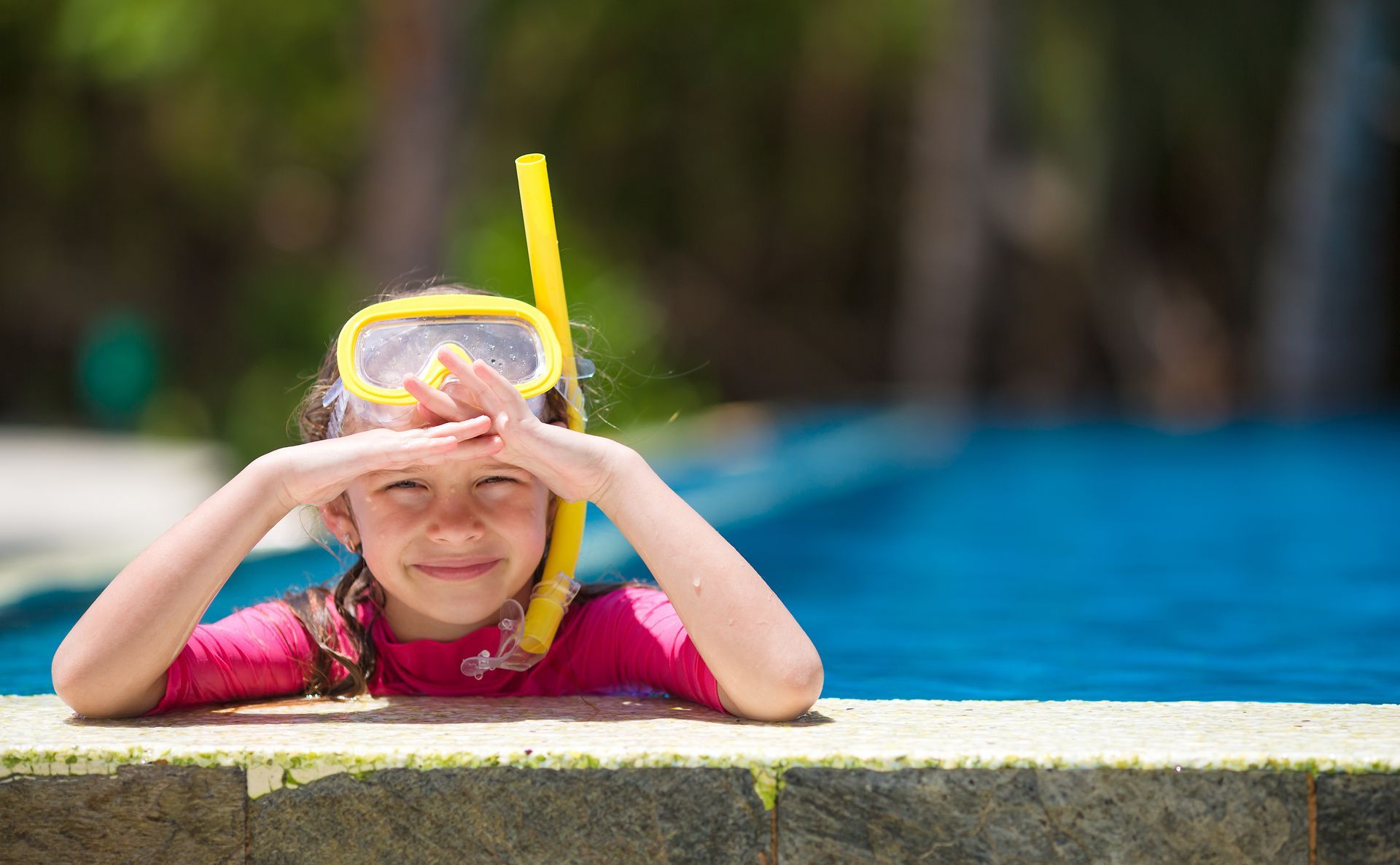Ocean Safety–Rip Currents

Now that is it is officially the summer season, most of you will be heading to the beaches for some fun in the sun. But before that can happen everyone should take a moment to learn about one of the main dangers of swimming in the ocean: rip currents.
A rip current, or riptide, forms when there’s a narrow channel perpendicular to the shore. After waves roll onto the beach, instead of flowing straight back out, they drain into a channel, creating a powerful, fast-moving river out to see. People mistake that moderate tugging at your feet and legs, as a strong undertow, which is not the case. Rip currents flow from sand to surface in one direction. They’re easy to spot from the beach. Look for a choppy, sometimes sandy swath of water (about 10-20 feet wide) that runs from shore to sea and stays relatively flat as waves roll in on either side of it.
If you’re caught in the tide there are two very important rules to follow: Don’t panic and don’t fight it. Even the strongest swimmer can’t swim against a rip current for long. So relax the current will not pull you under. Take a second, and swim parallel to the beach for a few minutes. Once you’re free, turn and swim back to shore.
Another important thing to take into account is which way the sweep is going that day. Sweep is defined as a flow of water parallel to shore caused by wave action at an ocean beach or at a point or headland. Basically it is the direction of the ocean current, meaning which direction you will float down the beach as you swim. If you can’t figure it out on your own you can simply ask the lifeguard which direction it is. The reason this is important to know is that you should exit the rip in the direction of the sweep. That way once you’re out and swimming to the shore you continue to drift away from the rip.
To ensure that each trip to the beach is a fun and safe one, it is important to remember a couple of things: Always swim near a lifeguard, know the conditions of the water, never swim alone, know your limits, and if you do get in trouble don’t panic stay afloat and call to the guard for help.
The post Ocean Safety–Rip Currents appeared first on Swim Jim.







